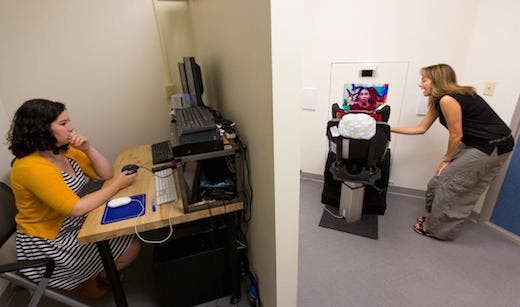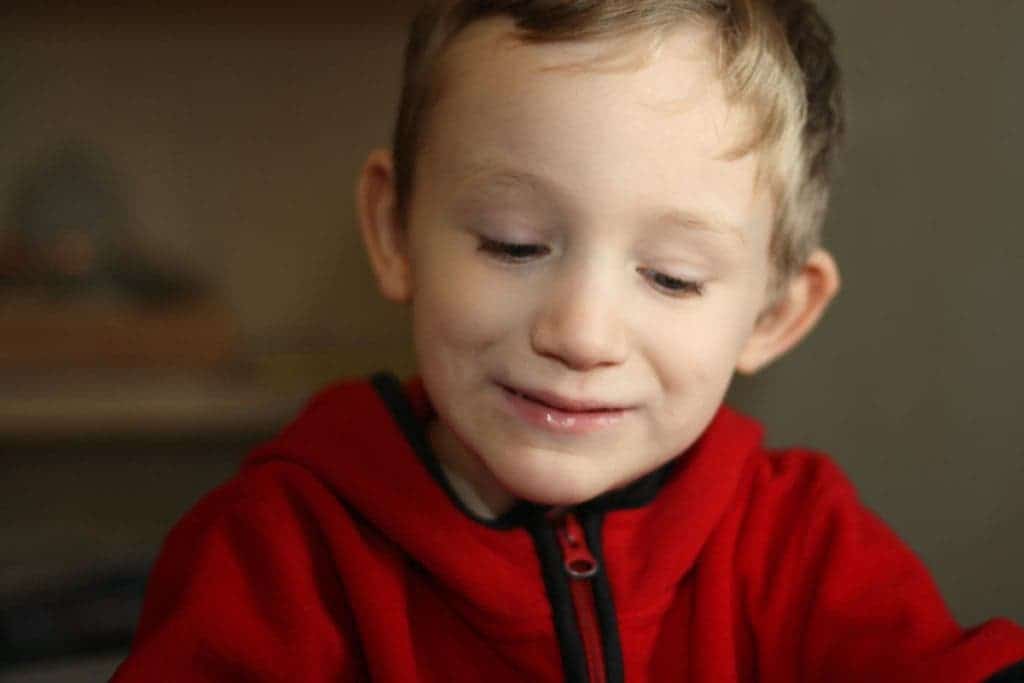“This is important because we’re disentangling very different understandings of autism,” said Jennifer Moriuchi, a graduate student at Emory University. “Depending on why you think children with autism are making less eye contact, you might have different approaches to treatment and different ideas about the brain basis of autism. Drug treatments and behavioral interventions are already being developed and tested on the basis of these different explanations. By clarifying which explanation is correct, we can make sure that we’re addressing the correct underlying concern.”
There are two trains of thought that attempt to explained reduced eye contact. One suggests that autistic children avoid eye contact because they find it stressful. Indeed, there are many reports from adult people with ASD who describe the terrible stress they felt when well-meaning parents and teachers tried to force them to make eye contact during conversations. The other hypothesis, on the other hand, suggests children with autism make less eye contact because they do not find the social cues as particularly meaningful.
Eye contact greatly helps people communicate their interest and attention to a conversation partner. There is a myriad of social cues that can be transmitted just by looking a person in the eyes. We can learn, for instance, whether the conversation partner is actually interested in maintaining the discussion or whether someone’s lying or not. Typically, failure to make eye contact is perceived as inattention or disinterest in the conversation, but that’s not necessarily the case — especially for autistic individuals. Autists can follow a conversation like any regular person and can engage in meaningful exchanges — it’s just that they might not look you in the eye.
The team of researchers from the Marcus Autism Center, Children’s Healthcare of Atlanta, and Emory University School of Medicine, used eye-tracking cameras to follow the gaze of 86 two-year-old children with and without autism. Each child with autism was tested on the day of their diagnosis in order to have clearer evidence about the initial underlying reasons for reduced eye contact.

The toddlers were shown a series of carefully made videos, and before each video, a small picture flashed that would capture the child’s attention. Once the attention-grabbing picture faded, a video started playing with the children’s gaze fixed in the same direction. In some situations, the gaze was directed at another person’s eyes or looking away from the eyes, depending on the videos’ contents.
“When we did this repeatedly, we found that young children with autism continued to look straight at the eyes. Like their peers without autism, they didn’t look away from the eyes or try to avoid the eyes in any way,” Moriuchi said.
As the tests progressed, the level of socially meaningful eye contact in the videos varied. The autistic toddler looked less at other people’s eyes than the control group.
“These results go against the idea that young children with autism actively avoid eye contact,” said Warren Jones. “They’re looking less at the eyes not because of an aversion to making eye contact, but because they don’t appear to understand the social significance of eye contact.”
The findings do not necessarily contradict the fact that eye contact for autistic children can be stressful. Social signals can be very confusing for autistic children and as they grow up, these signals can be even more challenging to decipher, hence stressful.
“Studies like this one help advance our understanding of autism and improve the way scientists and clinicians develop new treatments,” said Lisa Gilotty, Chief of the Research Program on Autism Spectrum Disorders at the National Institute of Mental Health, one of the agencies that funded the study. Additional support was given by the Autism Science Foundation, the Marcus Foundation, the Whitehead Foundation, and the Georgia Research Alliance.
Findings appeared in The American Journal of Psychiatry.



